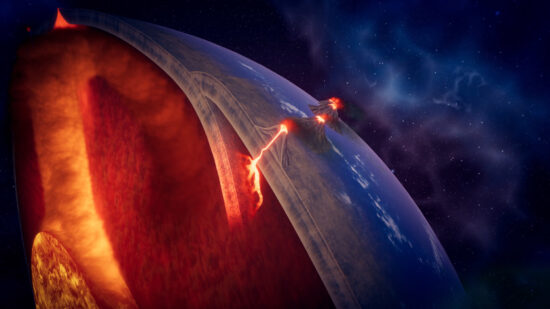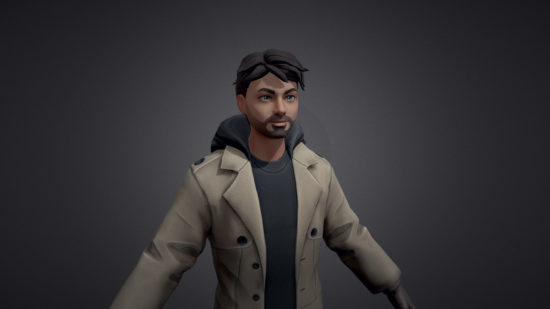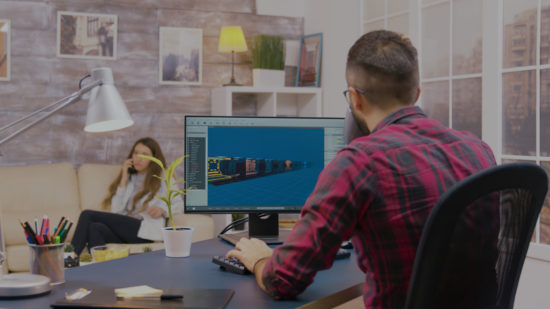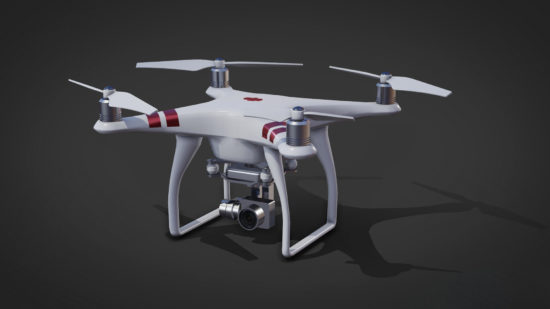In recent years, the exponential growth in the capabilities of our devices has led to an increased expectation for more prosperous, more intricate media. We now crave greater intricacies in our photographs, a deeper immersion in our video games, and even a fuller experience in our audio tracks. The quest for realism has become paramount, particularly in images that aren’t originally photographs.
Photorealistic rendering transcends mere imitation of real-world imagery; it involves creating visuals indistinguishable from photographs, harnessing sophisticated algorithms and advanced computing power. This technique is not only about enhancing visual fidelity but also about elevating the viewer’s experience to new heights of believability. A deep understanding of photorealistic rendering is essential for those aiming to create such vivid imagery, whether working independently or in collaboration with 3D modeling services.
Photorealistic rendering, achieved through this method, brings to life images with an astonishing level of detail and realism. The process involves meticulous attention to lighting, texture, and material properties, ensuring that every element in the scene contributes to the overall photorealistic quality.
As we explore the nuances of photorealistic rendering, we’ll uncover the facets that make it a cornerstone in today’s digital visualization field. Whether you are a novice looking to experiment with rendering or a seasoned professional aiming to refine your skills, this exploration into photorealistic rendering will guide you toward crafting your own captivating renders.
What Is Photorealistic Rendering?
Photorealistic rendering represents a sophisticated technique within the field of 3D design, where the primary objective is to replicate real-life objects with astounding accuracy and precision. The essence of this approach is not just to present a three-dimensional modeled object but to do so with such clarity and detail that it becomes nearly impossible to distinguish the render from an actual photograph of the object.
Achieving this level of realism in photorealistic renders involves more than a mere reproduction of an object’s appearance. It demands an intricate portrayal of every nuance and characteristic of the object. This includes a representation of the object’s texture, varying from one section to another, and an accurate depiction of how the object interacts with its surroundings. The way light plays upon the object, how it reflects and absorbs light, and how it exists in relation to other objects in its environment are all crucial aspects.
In addition to the technical prowess required, photorealistic rendering demands a deep understanding of the physical world. The renderer must consider the physics of light, the material properties of the object, and the environmental context. Photorealistic renders, therefore, are not just visual representations but are complex simulations of real-world scenarios. Whether utilized in architectural visualizations, product design, or digital art, photorealistic rendering has become an invaluable tool for professionals who require the highest level of realism in their 3D visualizations.
Why Does Photorealism Matter?
Understanding the significance of photorealism in the modern visualization landscape is essential, as it has a profound impact on various industries:
-
Visualization. Through photorealistic rendering, complex concepts and designs are converted into clear, lifelike visuals. This aspect is crucial in architecture, engineering, and product design, where seeing a realistic representation of a project before it materializes is invaluable. Photorealistic renders enable professionals and clients to assess and refine designs, significantly reducing the potential for costly revisions during construction or production.
-
Marketing. The role of photorealistic rendering in marketing and advertising is pivotal. It provides a tool to showcase products with stunning realism, greatly influencing consumer perception and decision-making. Photorealistic renders offer potential customers a detailed, accurate view of products, thereby building trust and interest. This high level of detail in the renders can be a decisive factor in a competitive market.
-
Innovation. For 3D modeling services, integrating photorealistic rendering techniques is a game-changer. It allows these services to present their models as theoretical designs and near-tangible realities. This capability is particularly beneficial in custom product design and architectural visualization, where the client’s ability to visualize the final product realistically can be the key to project approval and success.
Photorealistic rendering is not merely a technological advancement; it is a transformative approach that redefines how we perceive, interact with, and understand visual content. Its influence extends beyond mere aesthetic enhancement, embedding itself as a crucial component in design, marketing, and innovation. With each advancement in photorealistic rendering technology, the potential for even more lifelike, detailed, and convincing photorealistic renders continues to expand, promising new horizons in various creative and technical fields.
Who Are Photorealistic Renderings for?
Photorealistic renderings cater to a diverse group of professionals and sectors, each finding unique value in these highly detailed visual outcomes:
1. Architects and interior designers
These experts rely on photorealistic rendering to vividly showcase their proposed designs and concepts to clients. These renders assist in decision-making and client approvals by offering a realistic visualization of architectural and interior spaces before construction through photorealistic rendering.
2. Product designers and manufacturers
Photorealistic rendering is crucial for them in presenting new products. They provide a detailed, lifelike portrayal of items, from furniture to electronic devices, highlighting their features and design elements in a way that traditional photography may not fully capture, thanks to photorealistic rendering.
3. Marketers and advertisers
In competitive marketing, photorealistic rendering acts as a powerful tool. Marketers use photorealistic rendering to create striking images for product catalogs, websites, and advertising campaigns, playing a key role in attracting and engaging potential customers with their realism and attention to detail.
4. Real estate developers
These professionals effectively utilize photorealistic rendering to showcase properties and developments to potential buyers. Photorealistic rendering provides realistic images of properties, including detailed interiors and exteriors, thereby conveying the vision and potential of space more convincingly.
5. Film and animation studios
In the entertainment industry, photorealistic rendering is essential for creating lifelike scenes and characters. Photorealistic rendering enhances storytelling by adding depth and realism to visual experiences, whether in fully animated features or in blending with live-action footage.
6. Game developers
Photorealistic rendering is pivotal in creating immersive environments and characters for the gaming industry. Photorealistic rendering elevates the gaming experience to new levels of realism and engagement, making it an indispensable tool in game development.
Photorealistic renders, as the product of thorough work and advanced rendering techniques, play a transformative role across various industries, also being significant in improving 3D photo rendering. They enhance the visual presentation and aid in communication, marketing, and the overall portrayal of ideas and products.
Types of Photorealistic Rendering
There are 2 main types of rendering used by artists that aim for photorealism — real-time and final-frame. Let’s examine what they accomplish and what sets them apart.
Photorealistic real-time rendering
This type of rendering (sometimes called interactive rendering) has appeared only recently, and allows changes to a 3D model and scene to be reflected almost immediately (in a matter of seconds) on the preliminary rendered image. However, the image is only used for reference purposes.
Photorealistic final-frame rendering
Whether you choose to create a preliminary image first or go for the completed product right away, you will still have to go through the (sometimes lengthy) process of final frame rendering, when a high-resolution image is created for your 3D scene, in contrast to the simple one generated in real time.
Photorealistic rendering techniques
The basic mechanics of rendering are pretty uniform – you create 3D content, import it into a scene and make some tweaks, and then generate an image. However, when you read between the lines, there are several peculiarities and ways to go about these steps. Below, we list some of the most popular techniques:
-
Using bevels
Many rendering applications feature a Bevel tool, which is perfect for creating rounded, smooth, and uneven edges on objects. Most of the things in the world around us do not have rigid, razor-thin, and very acute edges, so 3D models with this kind of geometry look a bit artificial. Bevels, on the other hand, restore a modicum of realism.
-
Photometric lighting
In the physical world, objects obviously aren’t illuminated from all sides, so 3D scenes should be no different. With photometric lighting, real measurements of light taken from different angles and distances are measured and turned into an algorithm. This algorithm is then applied within software to make lighting angles and results highly realistic.
-
Texture mapping
Although textures are created in the form of 2D images, they can play a pivotal role in adding detail and realism to 3D content. You see, 3D models are initially created without color, material, and style. They are just a virtual structure that these characteristics should be applied to. Thus, you don’t always need to add details to the structure when you can add them faster to the top 2D layer.
-
Chromatic aberration
When you take a photo, do you remember how certain fields of the scene come into focus and others fade into the background? Chromatic aberration seeks to replicate this aspect of photography, bringing an object to the foreground and dulling all outside elements, just as would happen with a person or camera focusing on the thing.
-
PBR shaders
Physically-based rendering (PBR) is sometimes equated to photorealistic rendering, but it is more commonly associated with shaders. Shaders are essentially digital shadows applied to images through 3D modeling software, and their use has been strongly boosted by the drive towards greater photorealism.
Need a quick render? Our services might help
Where to Use Photorealistic Rendering
Photorealistic rendering is more than just a fancy and ideal that designers try to achieve: it is a popular demand among businesses that order 3D content and renders. So which industries and fields are using this approach? Let’s take a closer look.
Photorealistic product rendering
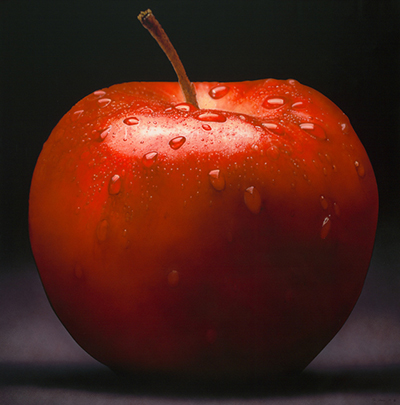
Product photorealistic renders are commonly used to market a product (advertisements, billboards, magazines), but they are equally present in the field of design and manufacturing. Here, they serve as a valuable reference for further creation of prototypes and product testing.
Photorealistic human rendering
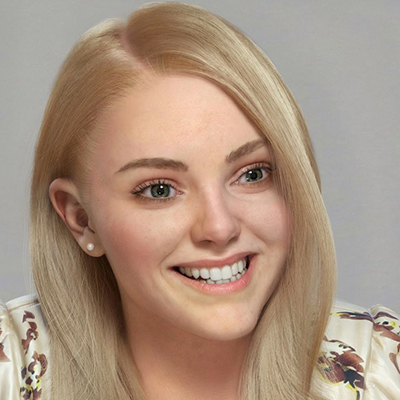
Rendering humans is a challenge in itself, but making them look realistic is a whole new level of difficulty. Still, game designers often have to do this for key characters, and human characters are also pretty popular in marketing (when a regular photo just isn’t enough).
Photorealistic architectural rendering
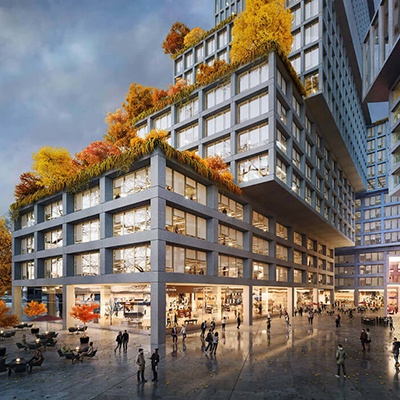
Construction crews and engineers use architectural renders regularly, and their professions require great precision. Thus, photorealistic rendering is a top priority, and the dimensions and structure of the building renders that they work with must hold up to actual construction processes.
Photorealistic interior rendering
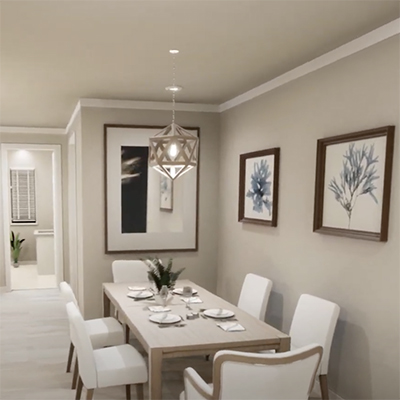
When you are not able to visit a home or building, a render can be the next best thing. That is why real estate agents and interior designers often use high-resolution photorealistic interior rendering, and their clients get such a level of detail that they can easily picture being in location themselves.
Photorealism in medical renders
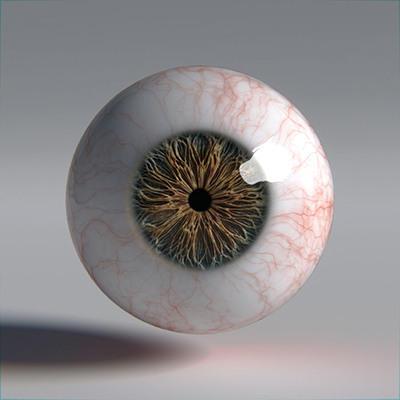
Medical renders can be a helpful reference for medical equipment, procedures, processes, and patient data. These renders can provide a lot more information and perspective than a regular photo or capture, as well as remove certain imperfections and inconsistencies.
Photorealism in game renders
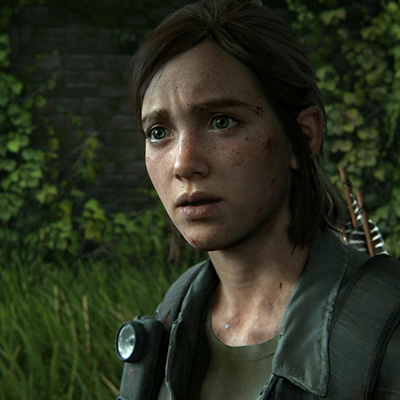
We have lightly touched upon human game characters, but this is hardly the full list of assets used for renders. For various game materials, artists create photorealistic renders of props (inventory + secondary objects), non-human characters and beings, and even game environments.
How to Make Photorealistic 3D Models
Though many of the tiny details and subtle effects that provide realism are added when 3D content is already created, there are plenty of things you can do in the earlier stage of 3D modeling to make the further rendering as fast and pain-free as possible. Let’s go over some top tips on how to make a render look more realistic through modeling:
1. Rely on more than one reference
It usually takes more than one image to create a model that is accurate and photorealistic. With one reference, you are just mimicking the existing work, while a whole selection lets you get a full grasp of how the object can be represented.
2. Beware of over-texturing
You should try to find the right balance between adding details through 3D modeling and through texturing, because it is very easy to overdo the texturing part and make your image too saturated with detail or look fake. That’s how you don’t make photorealistic renders.
3. Play around with different lighting schemes
Even when you are sure about your choice of lighting scheme for your 3D asset, it won’t do any harm to play around with it and try new combinations. What you find may bring out the best of your model in a way you didn’t expect.
4. Consider adding flaws
People have a great eye for authenticity, and get suspicious when something looks too perfect. Thus, purposefully adding some tiny flaws to your model will go a long way towards delivering realism and tricking the eye.
5. Don’t overextend yourself
Last but not least, you shouldn’t feel like you have to go through the whole modeling, rendering, texturing, etc. processes alone. If you lack the knowledge and qualifications, you don’t necessarily need to spend weeks learning about them, and can instead trust a service provider with the task.
Photorealistic 3D Rendering Services
Hiring art services (rendering, modeling, animation, etc.) from a 3D photorealistic rendering company is a great way to save time and funds. After all, most of the 3D studios operating today will get your renders done much faster than you could yourself, and many of them at a lower price (due to their location and the average rates there).
3D-Ace is one such art outsourcing studio ready to assist with all your 2D and 3D needs. We have a large team of artists, designers, animators, and other specialists with broad experience in creating stunning assets and images. You can get a taste of what we are capable of in our portfolio.
To learn more about our services and the work you want done, just send us a message.
